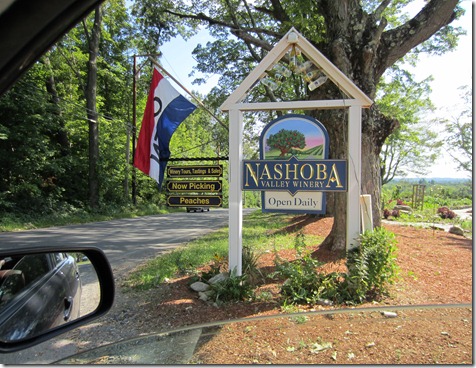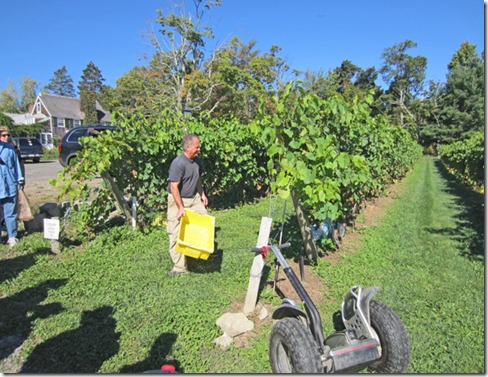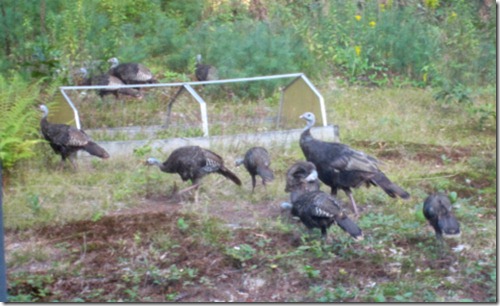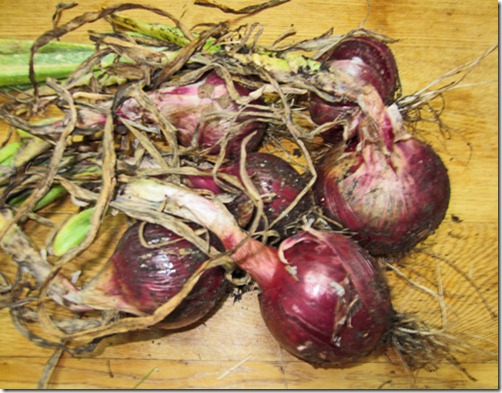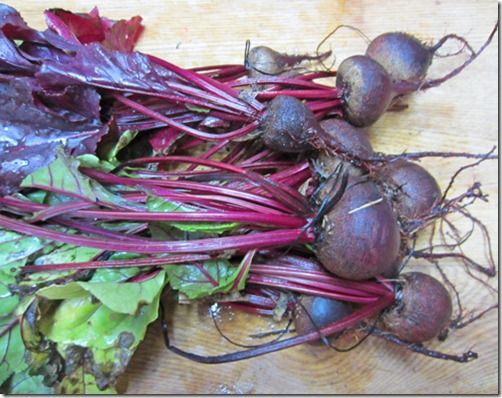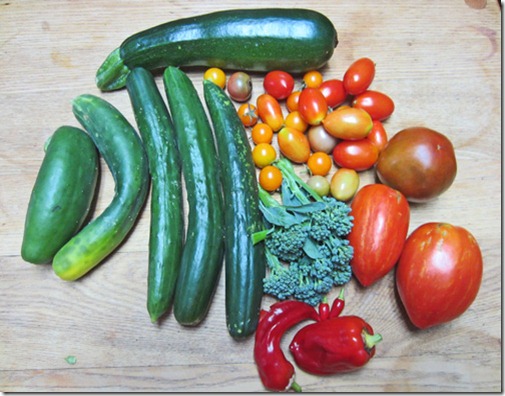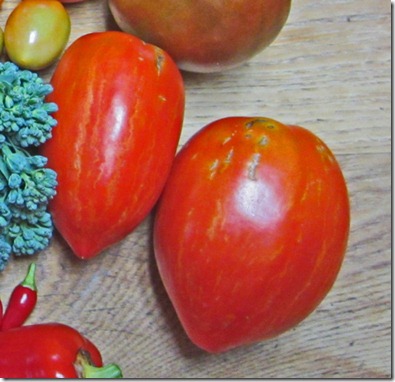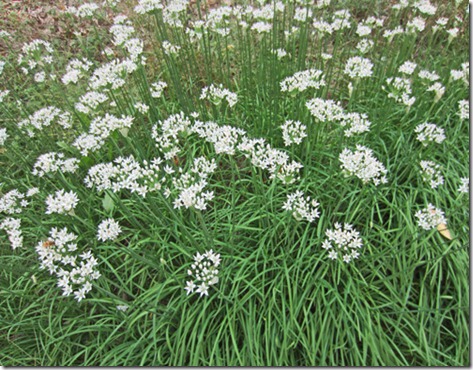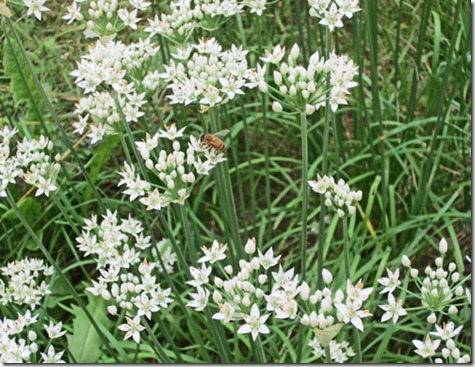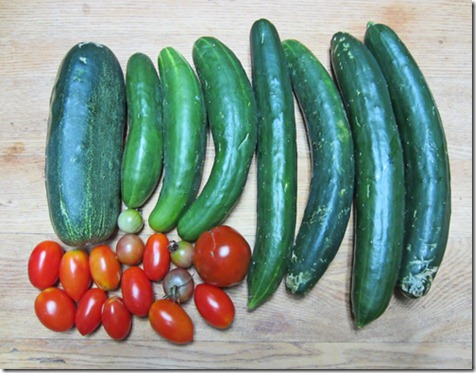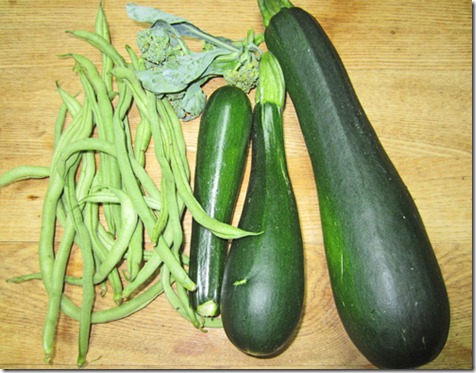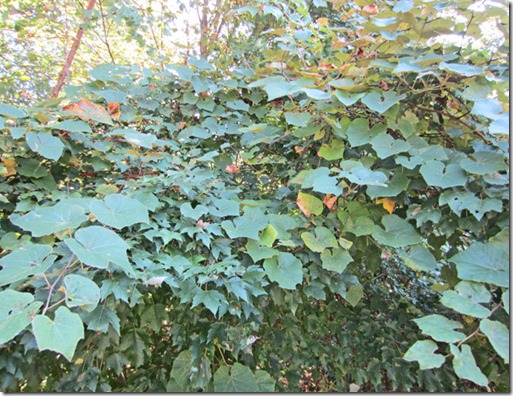
Certainly nights are now cooler and the sun is not as strong. The air is drier but also fragrant with the aromas of ripening fruit wafting from the orchards. A surprising aroma is the sweet perfume I encounter when I take a walk along the roads near my house. It is the smell of the ripening wild grapes that grow in the mass of brush along the roads. It drives the bees and the birds wild and explains some of the purple messes I find on the roof of my car this time of year. Another view of the vine shows it towering over and smothering the young sugar maples it is using for support. The South has its kudzu and we have wild grape.

The wild grapes that grow in the Northeast are Fox grapes (
Vitis labrusca), a native North American species. Martha’s Vineyard was supposedly named for the wild grapes that grow everywhere. The Concord grape everyone knows is a cultivar of the wild grape developed in Concord, Massachusetts in the nineteenth century.The farm stands here all have baskets of Concord grapes for sale now. They are pretty and make good jams and jellies but are not so good for fresh eating. The skins are thick and tart and the seeds are large. One surprisingly good dessert you can make from them is
grape pie. The pulp is separated from the skins and cooked in a saucepot, then strained through a coarse sieve to remove the seeds. The pulp is combined with the skins, sweetened and baked in a pastry crust.
On a road trip to Missouri one September a few years ago, I was driving along I-90 in upstate New York. I was running late and hoping to at least make Erie, Pennsylvania for the night. It was already dark as I turned the corner outside Buffalo and was heading south on I-90 along Lake Erie. Suddenly the car filled up with the a sweet perfume that reminded me of the wild grapes along the roads at home. Because of the grading of the highway and the brush growing along the sides, it was hard to see what the source of the aroma was. Eventually there were breaks and in the moonlight, I could see huge vineyards stretching off towards the lake. I later asked a tax client of mine who works at Welch’s if what I saw could be Concord grapes. She confirmed that area is one of their big producers, growing Concord, Niagara, and Catawba grapes for Welch’s.
The name you most often associate with Concord grape jams and juices, of course, is Welch’s. Welch’s is headquartered appropriately right here in Concord, Massachusetts, and the reason it has not been swallowed up by one of the mega food corporations is that it is a co-op. Welch’s is owned by the National Grape Coop, an agricultural co-op of more than a thousand grape producers located in Michigan, New York, Ohio, Pennsylvania, Washington, and Canada. For me, Welch’s is one of the few feel-good products you can still buy in the stores, although I don’t use a lot because of the sugar content. These days, I prefer my grapes made into wine.
